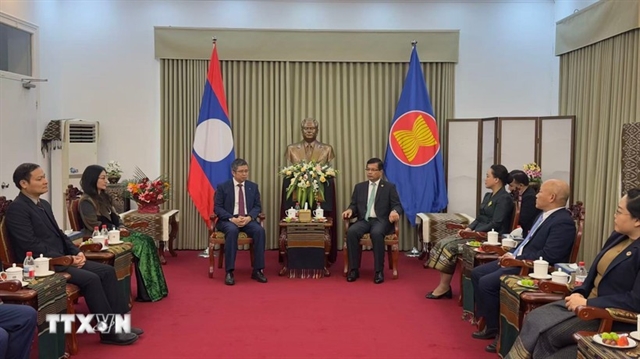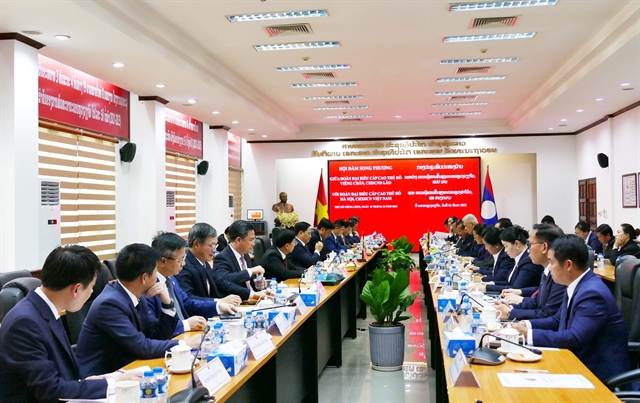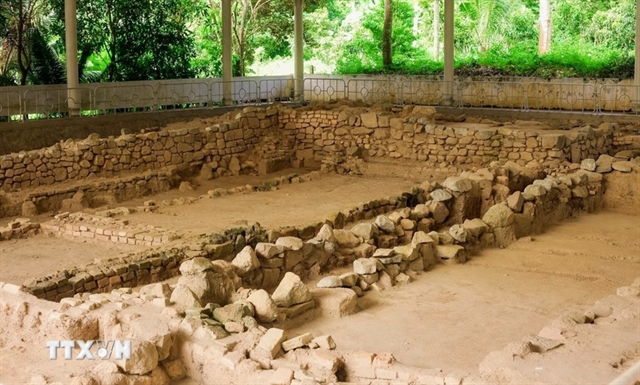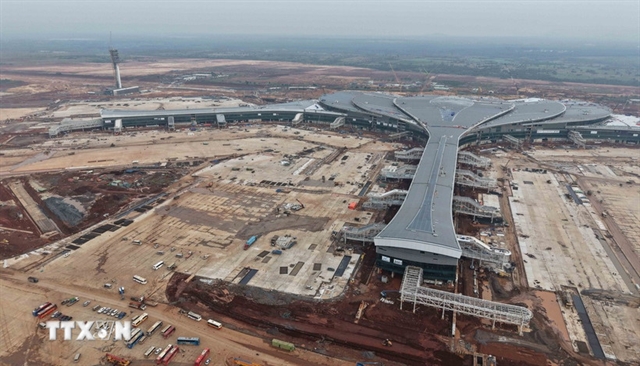 Society
Society
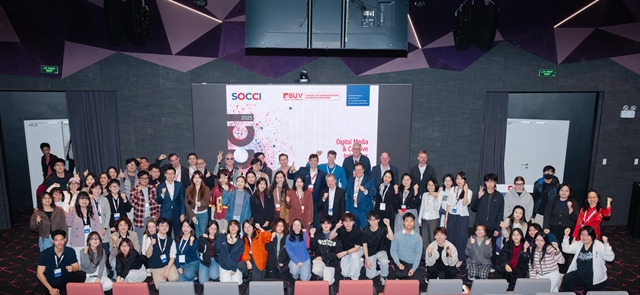
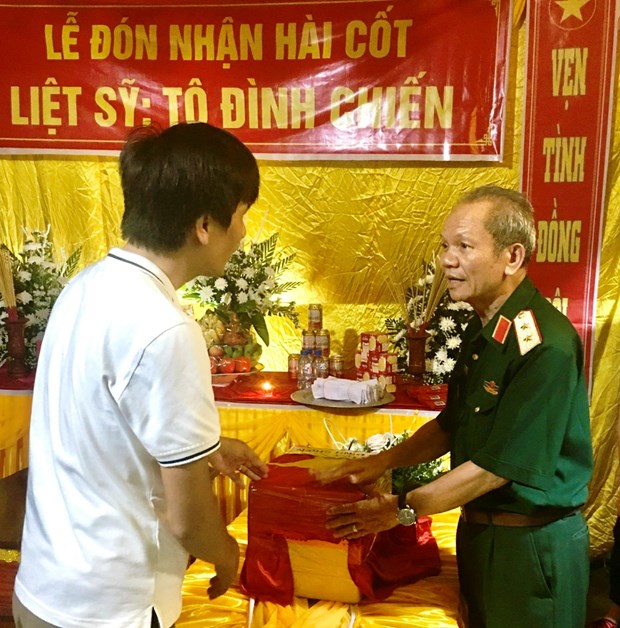 |
Lieutenant General Hoàng Khánh Hưng (right) returns the remains of a martyr to his family. VNA/VNS Photo
For many years, collecting and identifying the remains of martyrs has always been a priority of the Party and State. However, this task is becoming more and more difficult.
Lieutenant General Hoàng Khánh Hưng, Chairman of the Việt Nam Martyrs' Family Support Association (VMFSA) spoke to Vietnamplus online newspaper about the matter.
How do you evaluate the current work of collection and identification of the remains of martyrs?
The Party and the Government have always paid special attention to searching for, gathering and identifying the remains of martyrs with missing information. The Việt Nam Martyrs' Family Support Association (VMFSA) always considers this our primary political task.
The war ended almost 50 years ago, 1.2 million martyrs have fallen but there are still more than 530,000 who have not been found or identified; including more than 23,000 remains of martyrs still lying in deep forests, or former battlefields in Laos and Cambodia.
Therefore, the work of collecting the remains and identifying the martyrs is a very urgent job, because otherwise, the remains will decompose.
I was very sad when seeing the remains of my comrades turned into nothing more than a handful of soil. In my seven visits to Laos for the task, there was nothing in the 31 graves that we found. We couldn’t bring anything back to their families.
The war ended a long time ago. The soldiers who survived are now old, weak, and unable to return to the old battlefields to help with the search. Over the years, the topography and geology have changed a lot, not to mention the initial burial during the war being performed quickly.
That is why the collection of remains has been so difficult.
It’s very difficult for the remains of martyrs to stay in the ground for 40 or 50 years. If you don't search and gather quickly, it is very difficult to find the remains of 530,000 martyrs that are still missing.
What measures are being used?
There are many flexible measures. In addition to the DNA method, we also have other methods, such as finding veterans who fought with the martyrs in the past, who have buried the martyrs, and now remember that location. We encourage them to go with us to locate and search for the remains of martyrs. The second thing we're doing is the exclusion method. For example, in a battle where five martyrs died and our comrades knew that these martyrs belonged to this unit, we went there to find them.
The third way is through connecting with American veterans. I have just worked with Harvard University and the American Institute of Peace. They said there were three million pages of information about Vietnamese martyrs, and about mass graves in Việt Nam. I hope that this information will soon be returned so that we can proceed to search and excavate the graves.
A month ago, one of our members also cooperated with an American veteran to excavate in Hoài Nhơn, Bình Định, and found 62 martyrs' graves. There is still information that there are 120 more remains in mass graves here. We are putting all the information together to try to find more remains.
In the future, the work will be more difficult, what is the priority for now?
Every day we receive news from family members of martyrs and understand that the sadness left by war is hard to overcome. Many families search for the remains of martyrs in vain when the death certificate only says "died on the southern front", without the name of the unit, no location, and no specific sacrifice. That is what makes us very concerned and very much looking forward to forming a "Gene Bank" soon.
Now, cooperating with veterans to find martyrs’ remains is quicker than DNA examination. In order to assess and compare DNA, samples must first be taken from the remains and family members of the martyrs. However, in some cases, we could not get samples because the bones had decayed totally when excavated. In some other cases, there were clear samples of martyrs’ remains but the martyrs' relatives are dead, so we are unable to compare the samples.
Therefore, we hope that the State will soon build a "gene bank," with the participation of agencies such as the Ministry of National Defence, the Ministry of Labour, Invalids and Social Affairs, the Ministry of Health, the Ministry of Science and Technology, as well as veterans.
When there is a "gene bank", authorities and individuals of all levels will have to take part in specific tasks such as excavating and taking samples. We can divide into two groups: the Ministry of Labour, Invalids and Social Affairs, the Ministry of Health, and the Việt Nam Martyrs' Family Support Association will work on taking samples of the remains of martyrs that are already found. The Ministry of National Defence, which has 19 teams working on gathering remains of martyrs, will conduct parallel searches in combination with taking samples for DNA examination, only then can a "gene bank" be quickly built.
I made a recommendation to the authorities to establish a "gene bank" soon and implement it over 10 years, because if it takes longer, it will be difficult to identify the martyrs.
What do you think is the greatest desire of martyrs' relatives and families?
Almost every month, we bring the remains of martyrs back to their motherland. Over the past 11 years, we have put the remains of more than 1,000 martyrs in cemeteries across the country, including in Laos, Cambodia, and southern provinces, southeast provinces, the Central Highlands, and Quảng Trị. We have identified more than 800 martyrs.
Many mothers are still wondering how to bring their children home. During the war, they were willing to dedicate their children to their country, but now when there is peace, they long for their children to be brought back.
The wish is very simple but also very difficult. If we don’t work hard on this together, we won’t be able to fulfil such a wish. VNS

.jpg)
